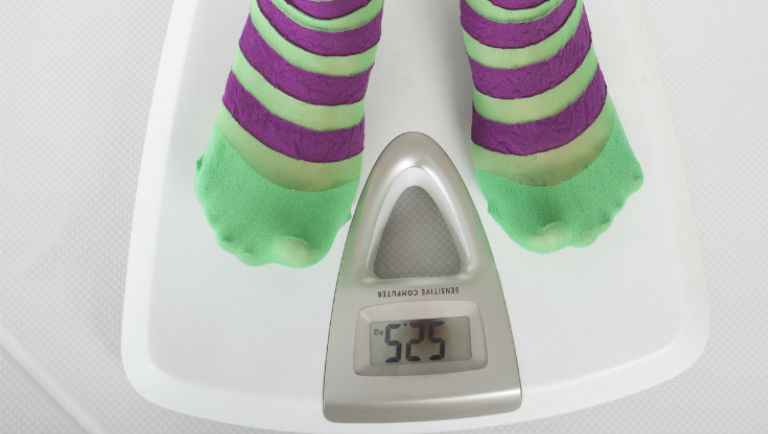Eating a healthy diet and getting plenty of exercise is what most experts will tell you are the best ways to keep a trim figure and prevent type 2 diabetes. But what if that’s not all? What if certain toxic chemicals found in our homes could be contributing to obesity and insulin resistance because they affect the body’s ability to process sugar and fats? That’s what some researchers suspect could be happening with PBDE flame retardants, which are still present in our homes even though they’ve been largely phased out.
Researchers at the New Hampshire Agricultural Experiment Station found that exposure to PBDE flame retardant chemicals caused changes in the fat cells of rats just like those seen in the fat cells of overweight people who are becoming diabetic. These cellular changes can lead to insulin resistance, which in turn increases the risk of type 2 diabetes. And interestingly enough, these cellular level changes in the rats happened without the rats actually gaining weight – they had developed “metabolic obesity.” The rats also developed enlarged livers.
Though researchers do not know the mechanism of this PBDE-induced insulin resistance, they suspect it is the suppression of a key metabolic enzyme in the liver. The activity of this enzyme, PEPCK, which is responsible for sugar and fat metabolism, dropped by almost 50% in the livers of the rats exposed to PBDEs.
Lead researcher on this project, Dr. Gale Carey, said, “Despite the plethora of resources devoted to understanding the roles of diet and exercise in the obesity epidemic, this epidemic continues to escalate, suggesting other environmental factors may be involved. At the biochemical level there is a growing body of experimental evidence suggesting certain environmental chemicals, or ‘obesogens,’ could disrupt the body’s metabolism and contribute to the obesity epidemic.”




